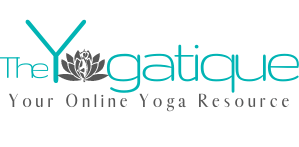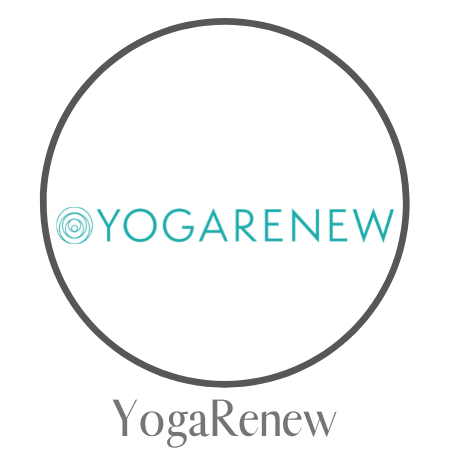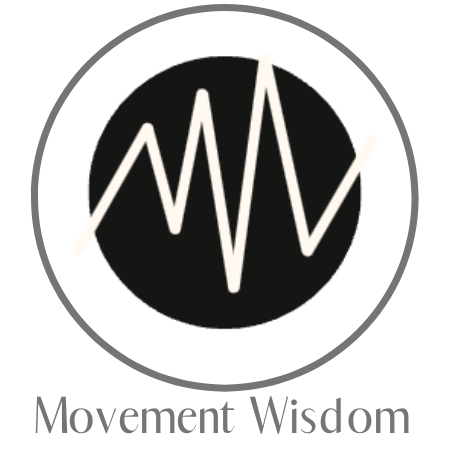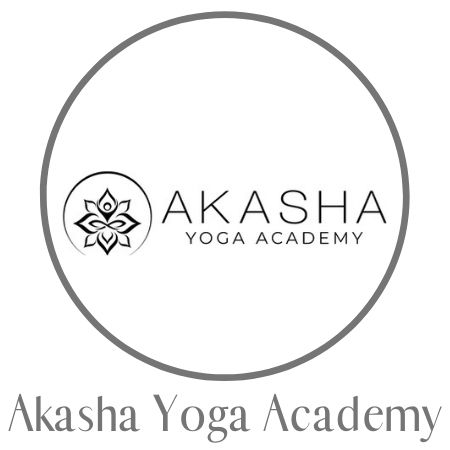
As someone with frequently tight shoulders, I adore shoulder-opening yoga poses. Parsva balasana is my go-to upper body stretch in the morning, post-workout, and after long days of working on my laptop.
If you're unfamiliar with parsva balasana, you're missing out on MANY juicy benefits. Read on to discover how this gentle twist can help with everything from improving digestion to calming the mind, and learn how to practice it.
Article content:
(Click any link below to jump directly to section)
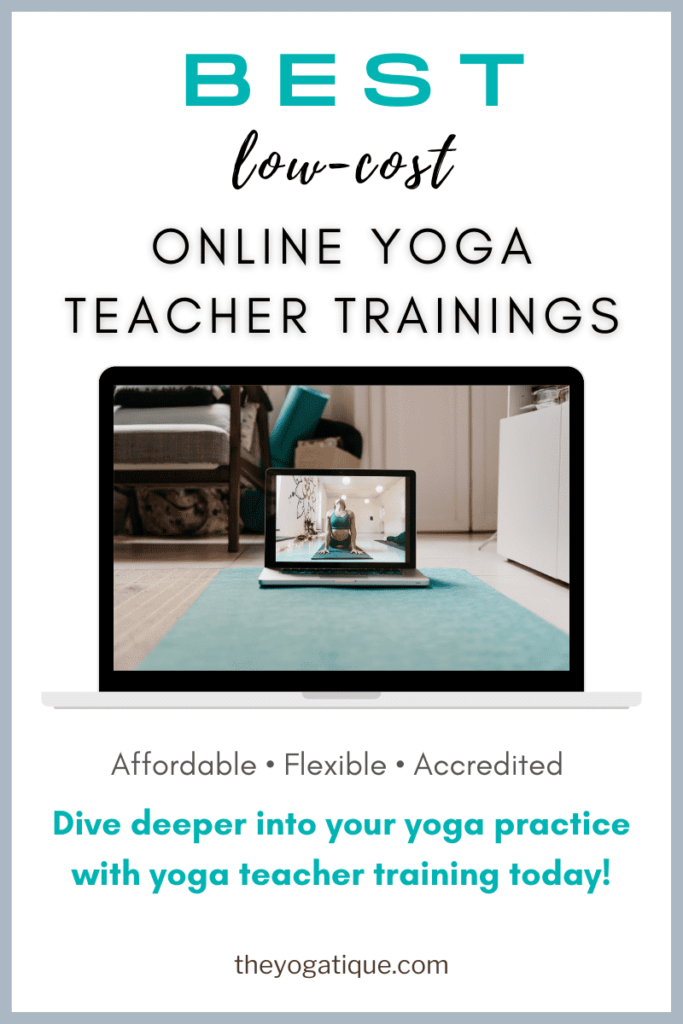
ARE YOU CURIOUS ABOUT YOGA TEACHER TRAINING?!
Online Yoga Teacher Training Offers
- Affordability
- Flexibility
- Certification
- Lifetime access
⬇Click below to discover the best Yoga Alliance registered online YTT's that are under $500⬇
Parsva balasana definition + Sanskrit word
The Sanskrit word Parsva means “revolved,” referring to yoga poses where the torso is turned to one side. Meanwhile, Bala means “child,” and Asana means “pose.” So the English translation of parsva balasana is revolved child's pose, but it is most commonly called thread the needle pose.
It's also worth noting that some people consider bird dog pose as parsva balasana. You practice bird dog pose and thread the needle from the tabletop pose, but they are different yoga asanas.
In bird dog pose, you extend one arm forward and the opposite leg back to strengthen the core and spine. However, parsva balasana involves threading one arm under your body turning the torso to the side. Thus, it is a revolved position where the head comes to the ground, hence the name parsa balasana (revolved child's pose).
So now that we got that cleared up!
How to pronounce parsva balasana
The correct pronunciation of parsva balasana is “parsh-vah bah-lahs-an-nah.”
Parsva is pronounced as “parsh-vah” and Balasana as “bah-lahs-ah-nah” with four syllables.
Some yogis emphasize the “sa” part of asana, pronouncing it as “aa-saar-na.” However, this is incorrect according to the Sanskrit language and yoga tradition. The “sa” part should be short, with the most emphasis on “aa.”
Who is parsva balasana for?
Parsva balasana is suitable for all levels of yogis, including beginners. However, if you have tight shoulders or upper back muscles like me, you will find it an extra juicy pose as it helps release upper body tension. Moreover, as parsva balasana stretches the neck, it is a wonderful yoga asana for people with chronic neck pain.
10 Benefits of parsva balasana

The main physical benefits of practicing parsva balasana are opening the shoulder blades and stretching the spine. However, as a twisting asana, it is also fantastic for stimulating digestion.
Here is a list of 10 benefits of parsva balasana
- Helps chronic shoulder and neck pain
- Improves shoulder mobility
- Stretches the spine and helps release accumulated tension in the back
- Stimulates the internal organs and improves the functioning of the whole digestive system
- Improves core stability and tones the abdominal muscles
- Improves blood flow in the upper body, sending blood to the arms, hands, and fingers
- Brings clarity and calmness to the mind
- Can promote balance between the right and left lobes (hemispheres) of the brain
- Promotes better sleep
- Reduces stress
How to perform parsva balasana in 8 steps
- Start on all fours (tabletop pose) with your shoulders directly over your wrists and hips over your knees.
- Inhale to extend your left arm, opening the chest to the left side.
- Exhale to thread the left arm underneath your front body, walking the left hand to the right side of your yoga mat with the palm facing up.
- Release the left shoulder and side of the head to the mat.
- You can keep your right arm bent with the hand on the mat next to your face or extend the arm, walking the fingers beyond the mat.
- Open your chest to the right side for a juicy twist. Take a few deep breaths, trying to twist deeper on each exhale.
- After five breaths, come out by reaching the left arm up to the sky and turning the chest in the opposite direction. Then return to your starting upright position.
- Repeat on the other side, inhaling to reach the right arm up and opening to the right, then exhaling to thread it under and bring the right shoulder joint to the ground. Option to extend the left arm forward.
Note that there are two different variations of this pose. In the first variation, the hips stay stacked over the knees. In the second, you can push the hips back to the heels and release the lower body so the abdomen rests on or between the thighs.
There are also two head positions you can try. The first is to rest the side of the head on the mat, keeping the neck long and looking straight ahead. The second head position is to look up, deepening the neck stretch.
⬇Yoga Alliance registered yoga teacher trainings you should look into⬇
Contraindications for parsva balasana
You should avoid parsva balasana if you have any of the following:
- Severe back pain
- Arthritis
- Spondylitis or herniated disc
- Recent injury to the spine, rib cage, neck, or shoulders
- Pregnancy
In addition, you should consult with a medical professional before doing this pose if you suffer from frequent migraines or high blood pressure.
5 parsva malasana modifications
- Place a folded yoga blanket or pillow under your shoulder if your shoulder doesn't touch the ground.
- Place a folded blanket under your knees if you experience knee pain.
- Squeeze a block between your thighs to keep the leg muscles engaged and the hips aligned if your knees splay out.
- Placing a blanket under your head may make the pose more comfortable.
- Use a non-slip yoga mat to prevent your hand from slipping on the mat as you balance on one arm.
Takeaway on parsva balasana
Parsva Balasana is an ideal warm-up or cool-down pose. I love combining it with a prone backbend like cobra pose or upward-facing dog pose, followed by a mindful yoga forward fold, like child's pose (Balasana). This short flow stretches the spine in multiple ways, releasing tension in the entire upper body.
Other articles you might enjoy for further asana understanding: Best malasana modifications, top yoga poses for strong abs, yoga stretches for legs for toned legs, and the yoga poses for strong arms that you should be doing.
Some online yoga studios, online yoga teacher training programs, and brands that we write about may offer us a small commission should you decide to make a purchase or signup after reading our content. Thank you for enabling us to exist!
